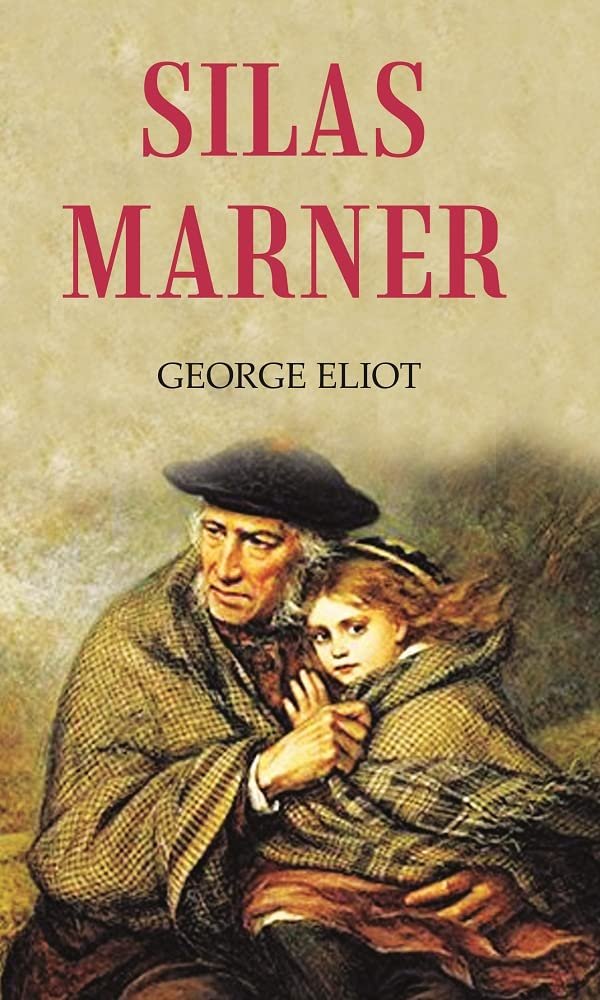
You May Also Like
My Experiments With Truth An Autobiography
- ByNanhi Shop
- July 24, 2024
Gandhi’s autobiography, which he had titled ‘My experiments with Truth’, can be rated as one of the most…
The Idiot [Hardcover]
- ByNanhi Shop
- September 9, 2024
Considered to be Fyodor Dostoevsky’s most autobiographical piece, “The Idiot” suggests that to achieve perfection, one must initially…
चेरी का बगीचा
- ByNanhi Shop
- June 28, 2024
“मेरे पास कोई पासपोर्ट नहीं है न, इसलिए मुझे अपनी असली उम्र का ही पता नहीं। मुझे तो…
Romeo Juliet Aur Andhera
- ByNanhi Shop
- August 6, 2024
यान ओत्वेनाशेक का प्रसिद्ध उपन्यास रोमियो जूलियट और अंधेरा सन् 1958 में चैक भाषा में लिखा गया था…
Consumer Rights and Protection in India
- ByNanhi Shop
- June 24, 2024
About the book The consumer protection policy creates anenvironment whereby the clients and customers receive satisfaction…
Personality Development
- ByNanhi Shop
- February 9, 2024
PREFACE ‘Personality development’ implies improvement in dealing with others in all spheres of an individual’s life, be it…
